By now, everyone has at least heard about lab grown diamonds. And as with all things new to the market, when facts are scarce, myths tend to run wild. So let’s separate the facts from fiction—here are five myths about lab grown diamonds everyone needs to know.
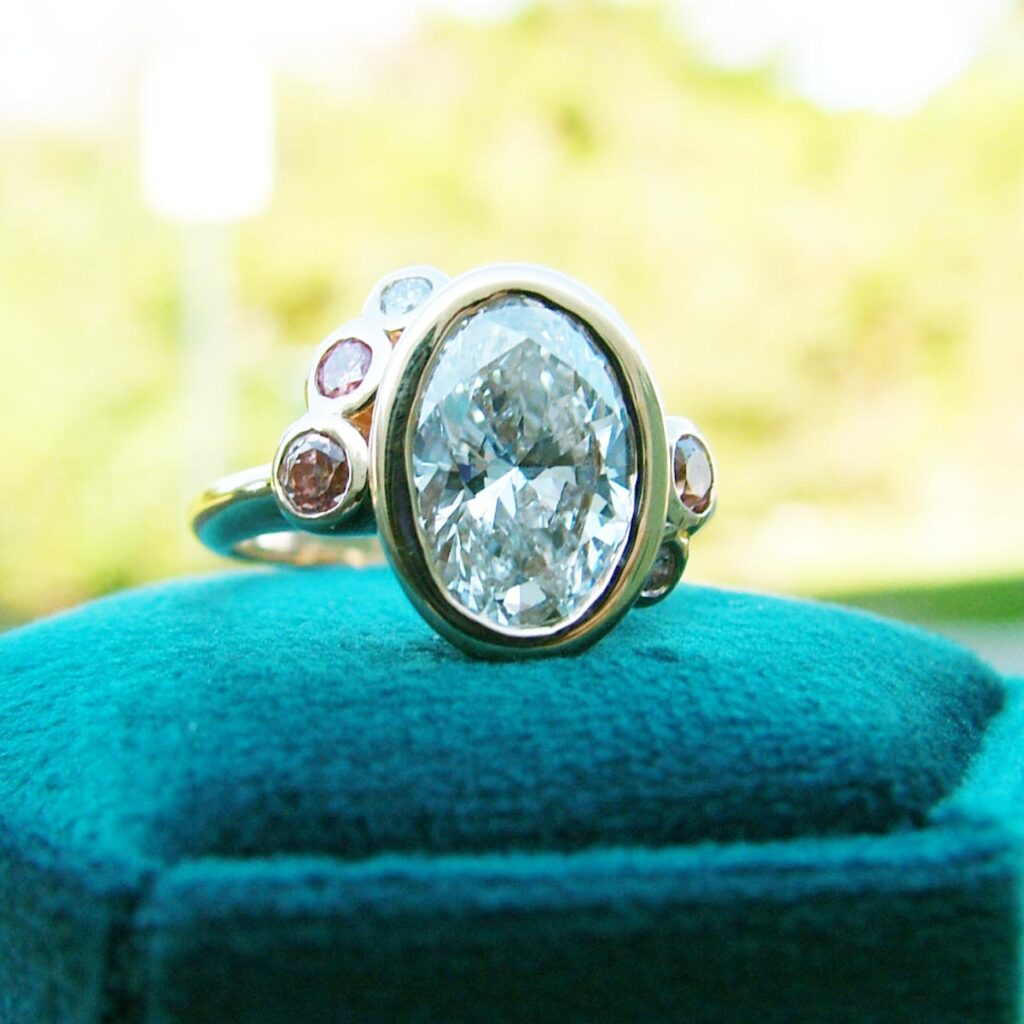
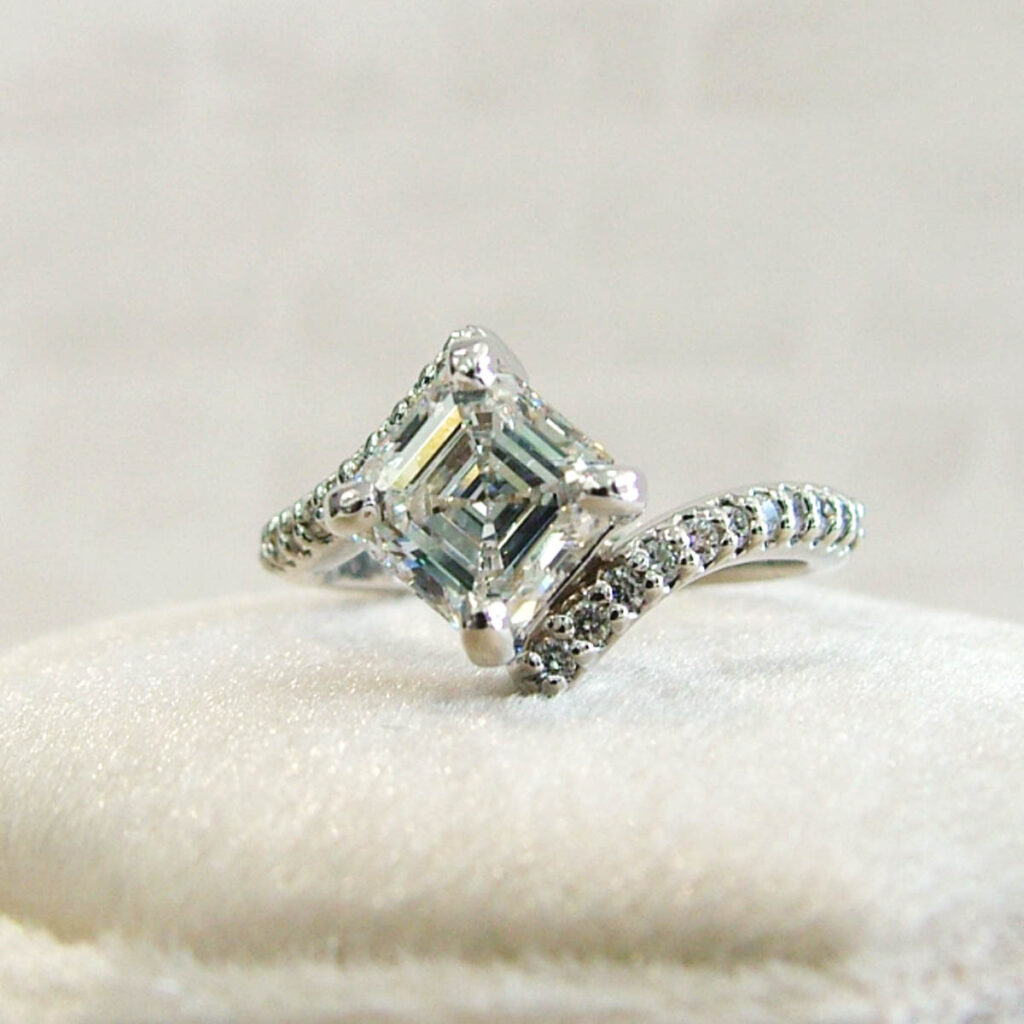
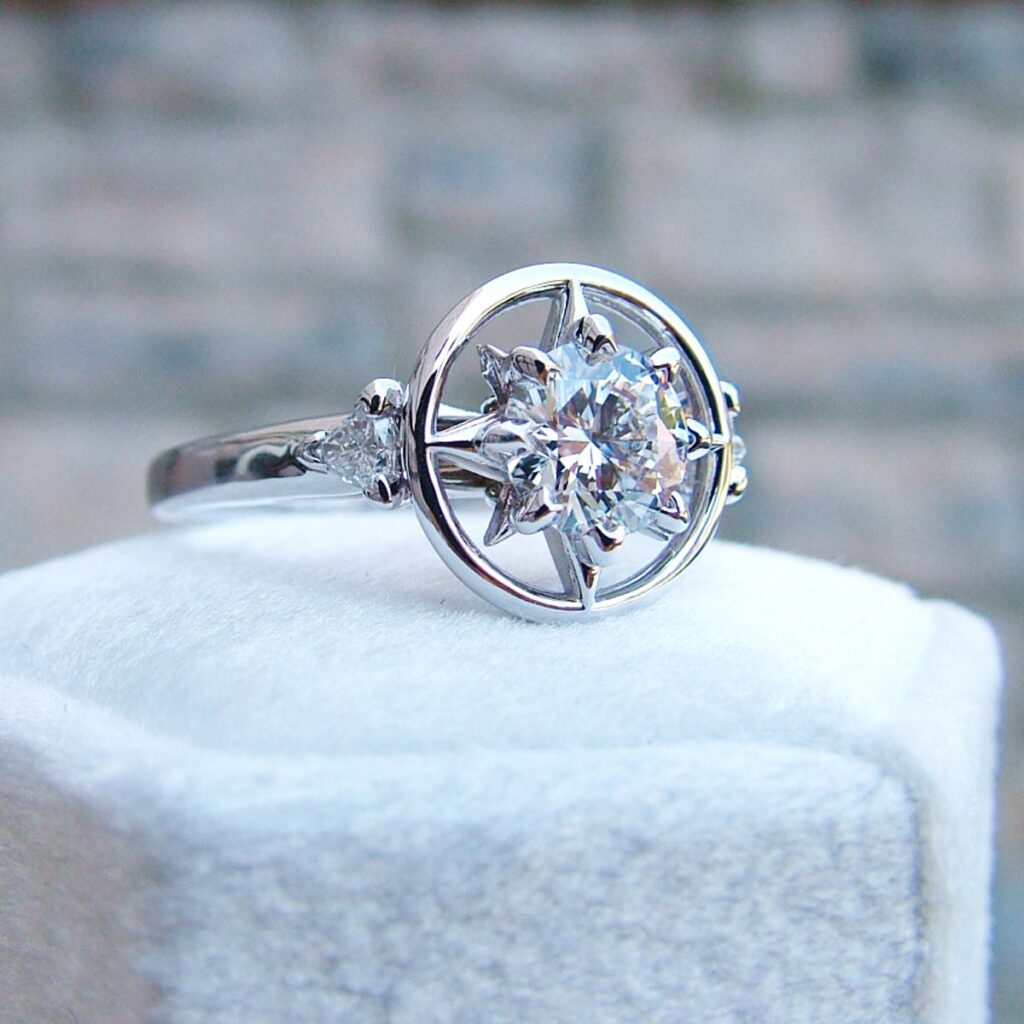
Myth #1 – Lab diamonds are not real diamonds.
Okay, we hear this one all the time—lab diamonds are not “real.”
This is the biggest myth of all! According to the Federal Trade Commission, lab grown diamonds, are carbon crystalized in the isometric system with a hardness of 10 on the Mohs scale, with a specific gravity of 3.52 and a refractive index of 2.42.
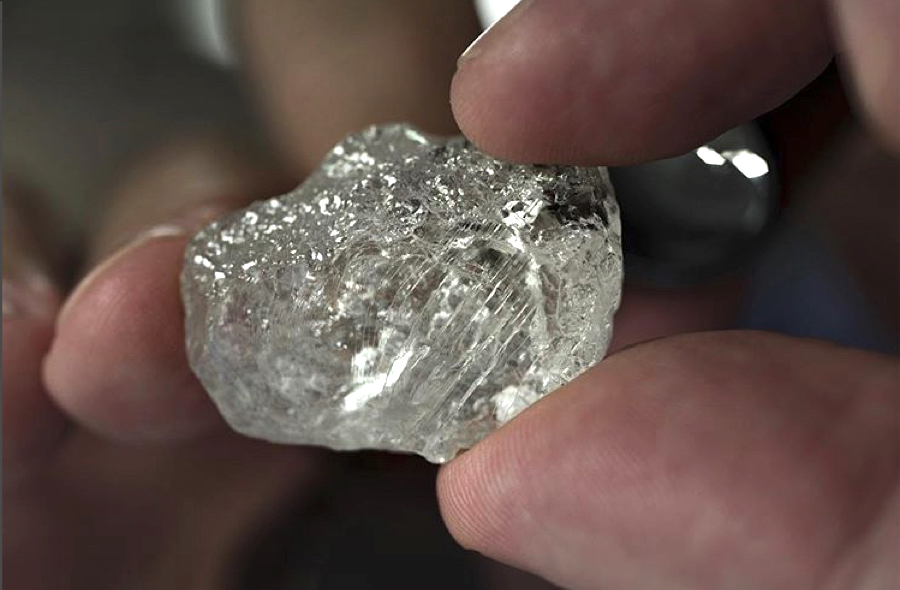
That’s a really scientific way of saying: There’s no difference at all between a mined diamond and a lab grown diamond. They are the exact same physically, chemically, and optically.
Just like diamonds mined from the earth, no two lab diamonds are the same. They also vary in weight, color and clarity, and you can cut the rough material into any shape.
One thing to keep in mind is that higher quality labs produce higher quality material. That means you can buy bigger, prettier and better quality lab grown diamonds for 80-90% less than a mined diamond with the same specs!
Myth #2- Mined diamonds are graded differently than grown diamonds.
Nope—big myth.
In March 2019, HRD Antwerp, Europe’s leading authority in diamond certification, revised its grading scale. Now all diamonds, regardless of whether they are mined or lab grown, are graded in exactly the same way.
While some organizations may offer lab-grown diamond grading reports with fewer grade categories, they both are graded with the same process. This is where we get the 4 Cs – cut, clarity, carat, and color.
In fact, both mined and lab grown diamonds are graded by the same independent laboratories for their quality. Graded lab diamonds will also be laser inscribed on the side of the stone with the certificate number and the marking “LG” or lab grown.
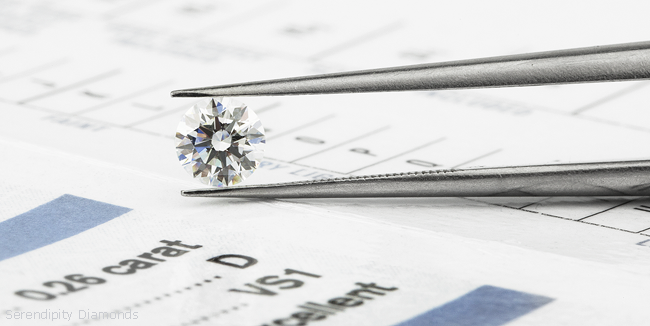
Because we deal with really good labs, we can get our customers larger, higher graded lab grown diamonds for their budget than we could if we were looking for a mined diamond in the same price range.
Myth #3 – Lab diamonds harm the environment in the same way as mined diamonds.
Not true!
To grow a diamond crystal in a lab, you need high pressure and high temperatures, which uses energy. However, the technology to make lab diamonds has been around for a long time. Advancements in techniques have opened up more options with regards to reducing the carbon footprint.
On the other hand, extracting diamonds from the Earth involves deep drilling and pollution inducing, high-powered machinery. The process of mining always leaves damage to the environment. It also uses enormous amounts of fuel. While mining companies say they are a benefit to the communities while they are digging the earth, when the vein of diamonds runs dry, most just pack up and leave a huge crater on the land.
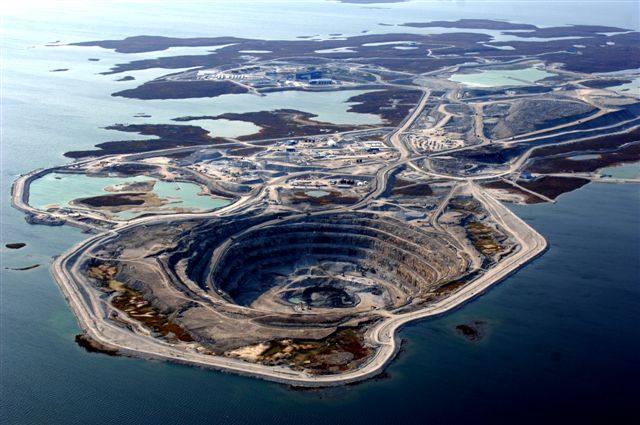
Another fun fact: Lab-grown diamonds are 100% traceable. Traceability in production helps to determine sustainability claims with regards to the environment, anti-corruption and human rights violations.
Myth #4 – Lab grown diamonds look fake and you can tell the difference.
Whoa! That’s not even close to truth!
Lab diamonds don’t look fake because they are not artificial or simulant diamonds. They are real diamonds. They are not cubic zirconia (a man-made white stone commonly used in fashion jewelry), rhinestones, moissanite, crystal simulates, or diamond-coated white gemstones.
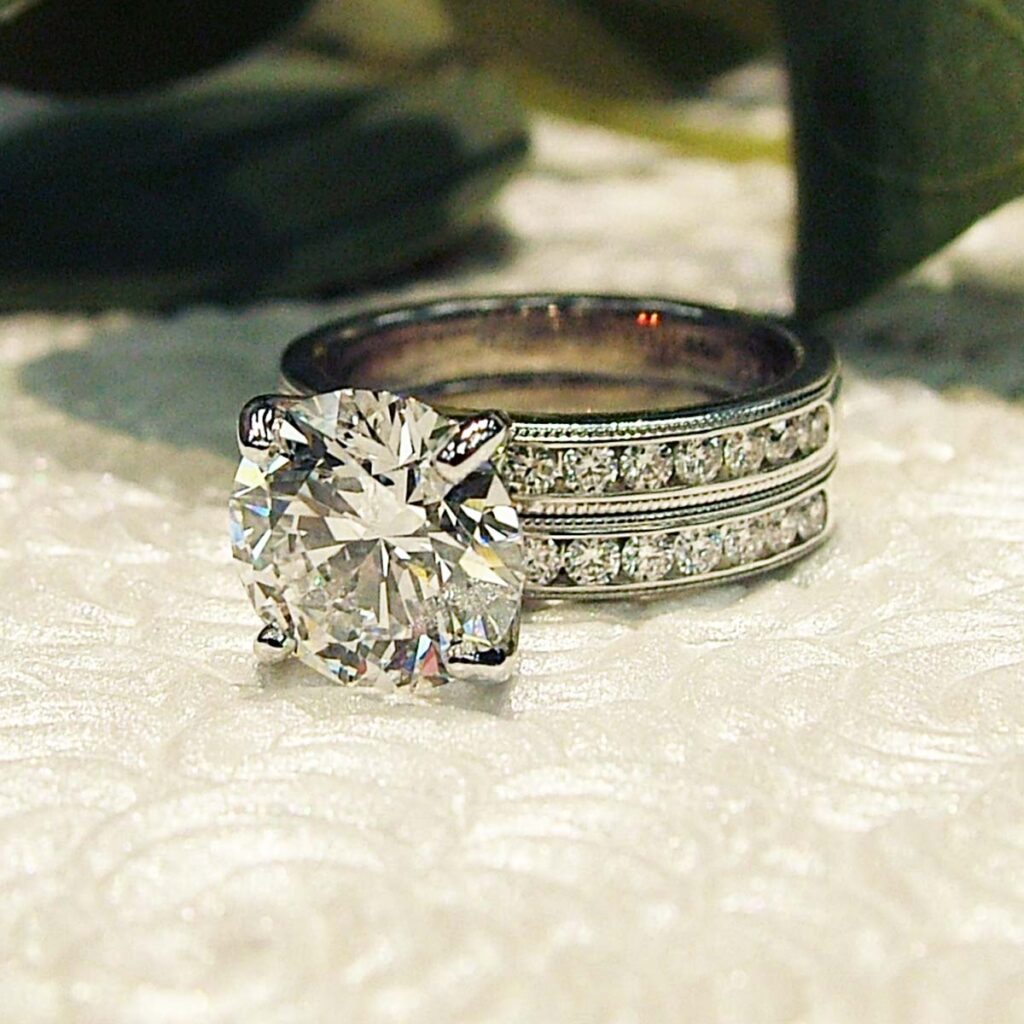
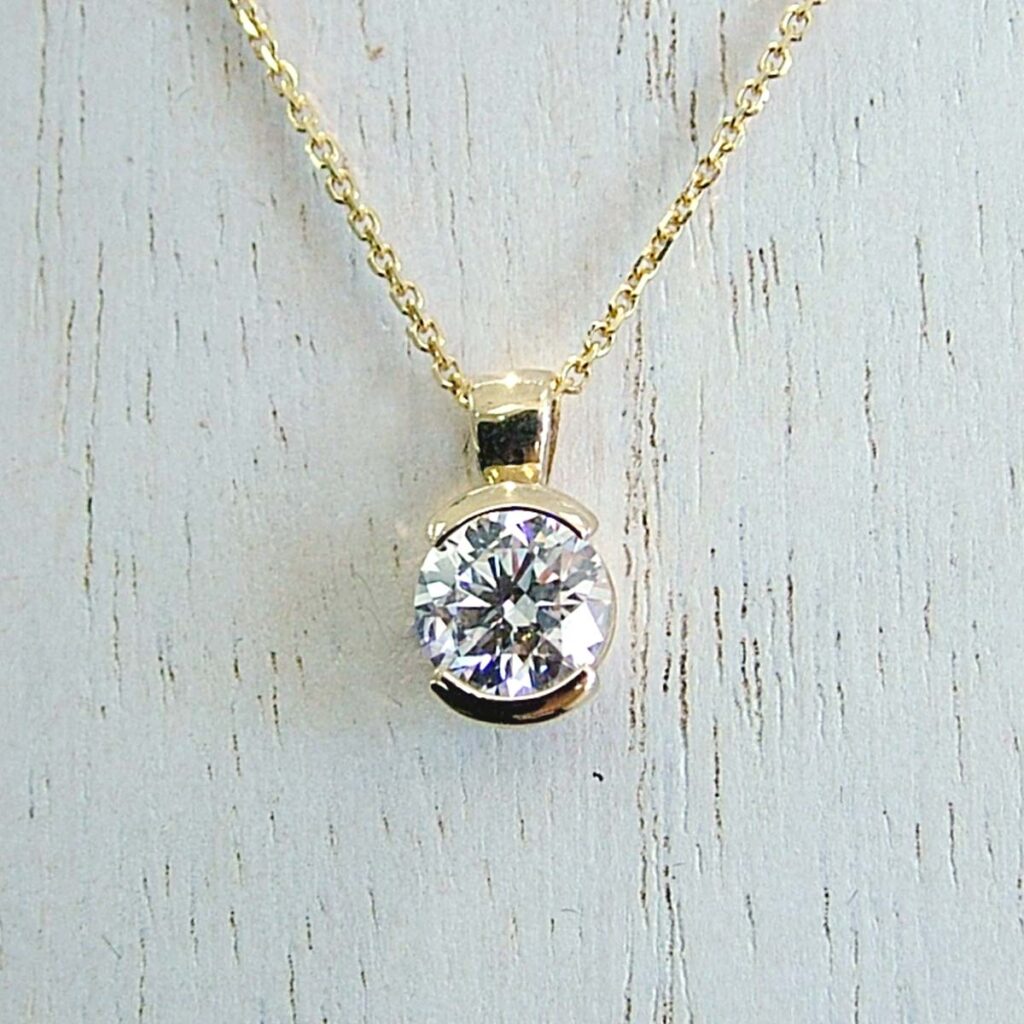
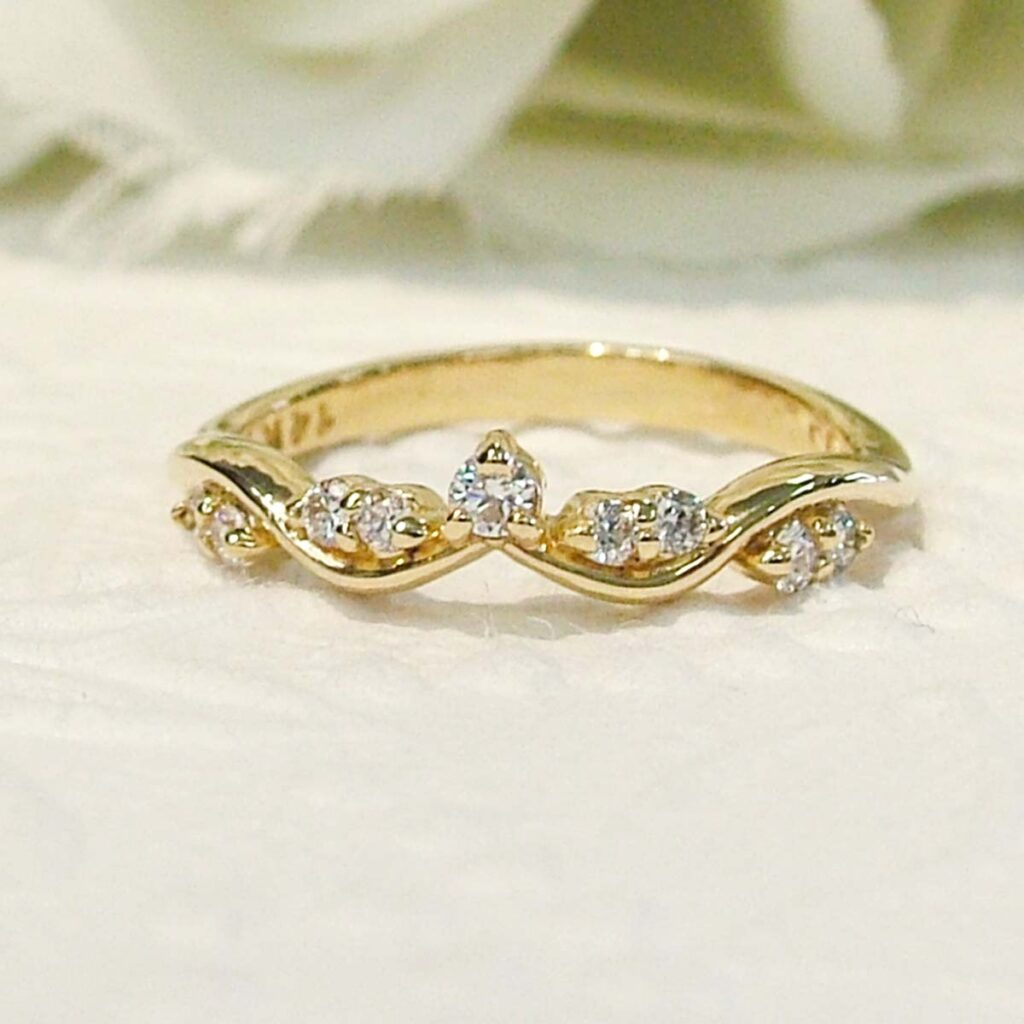
Lab grown diamonds offer the exact same brilliance and performance that mined diamonds offer. And no one can tell the difference between a lab diamond and a mined diamond by looking at it with the naked eye.
Not even a trained jeweler!
The only thing that distinguishes a lab diamond apart from a mined diamond is the price, and the inscription or the certificate. There are a few very expensive machines that can detect a lab diamond with about 80% accuracy, but you definitely can’t tell by looking at it.
Myth #5 – Lab diamonds can’t be used in engagement rings
Hmmm, that’s not what we’re seeing—not by a long shot!
We actually sell MORE lab grown diamonds for engagement rings than mined diamonds now. We also see many couples come in for for wedding ring upgrades. Our customers can “Redo their I do” with a much bigger, higher quality, beautiful lab diamond for 80-90% less than a mined diamond.
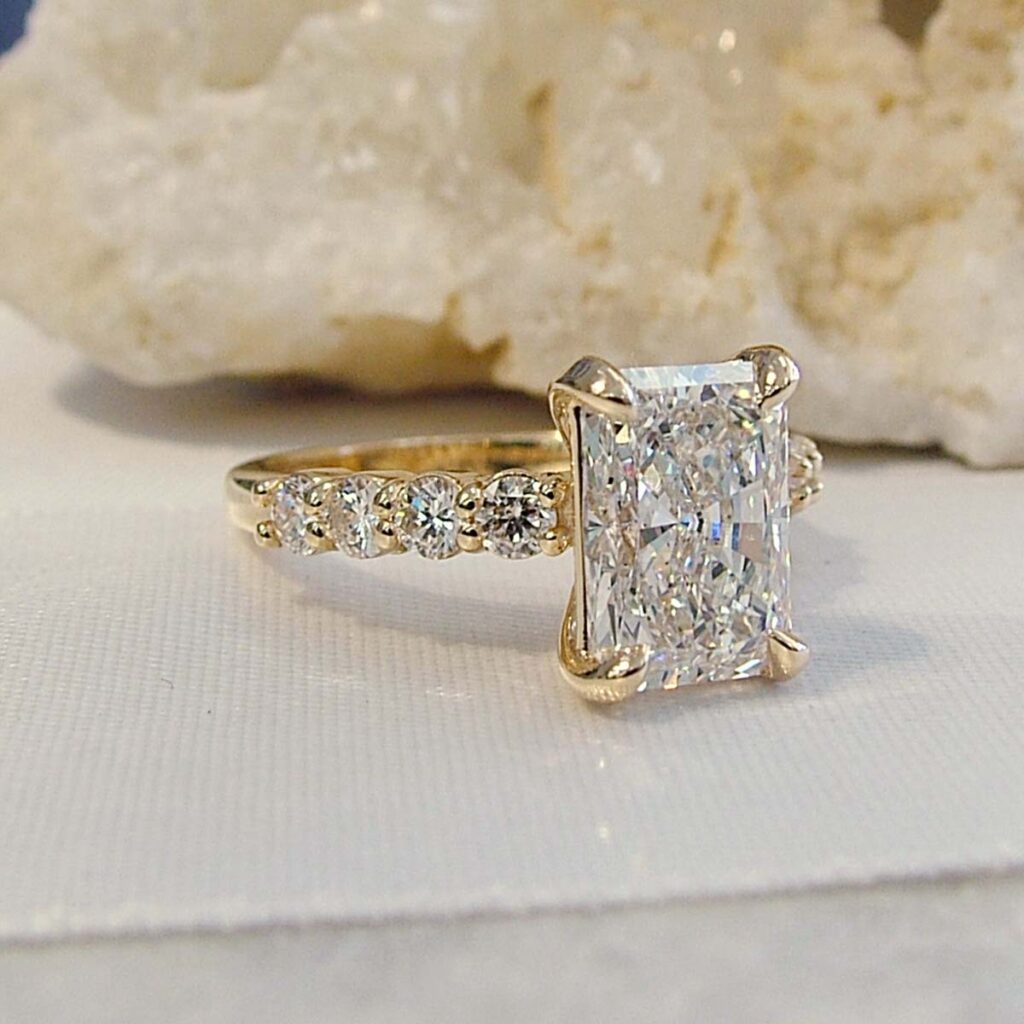
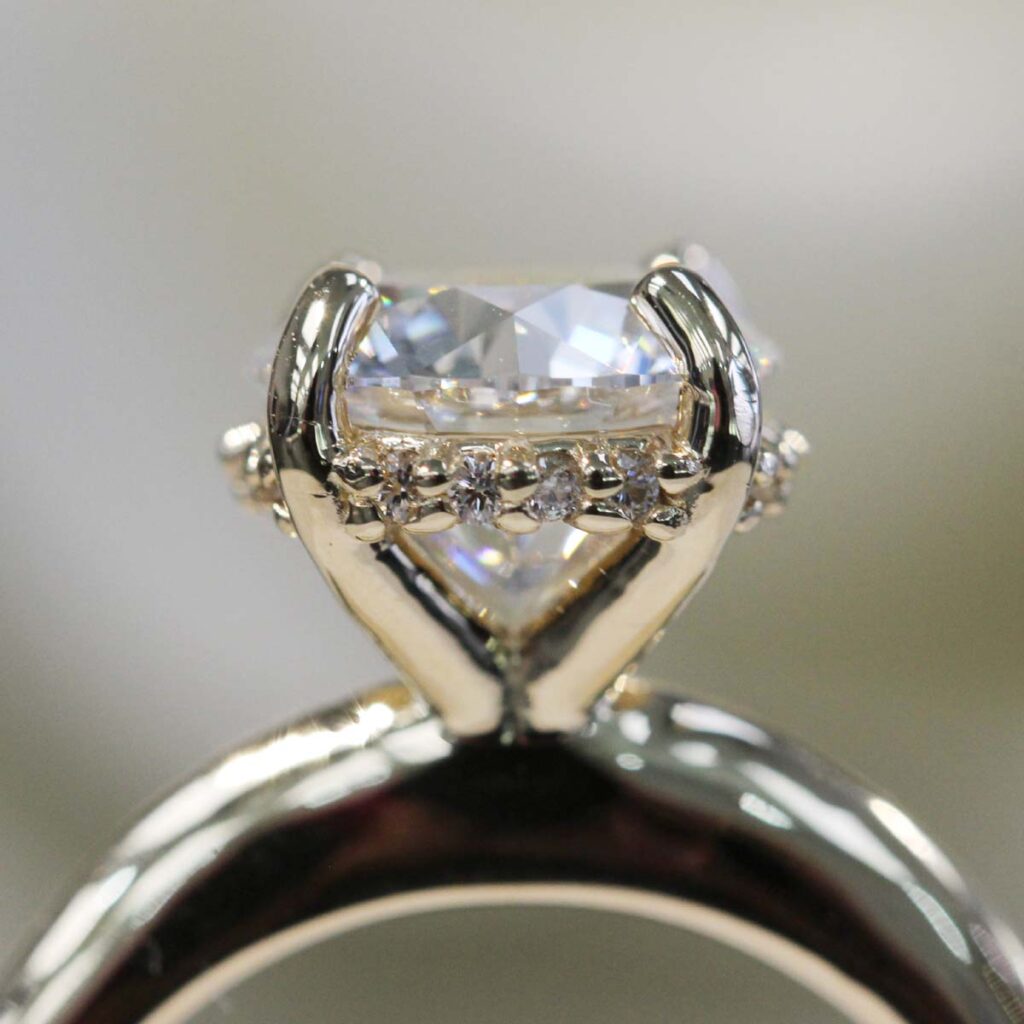
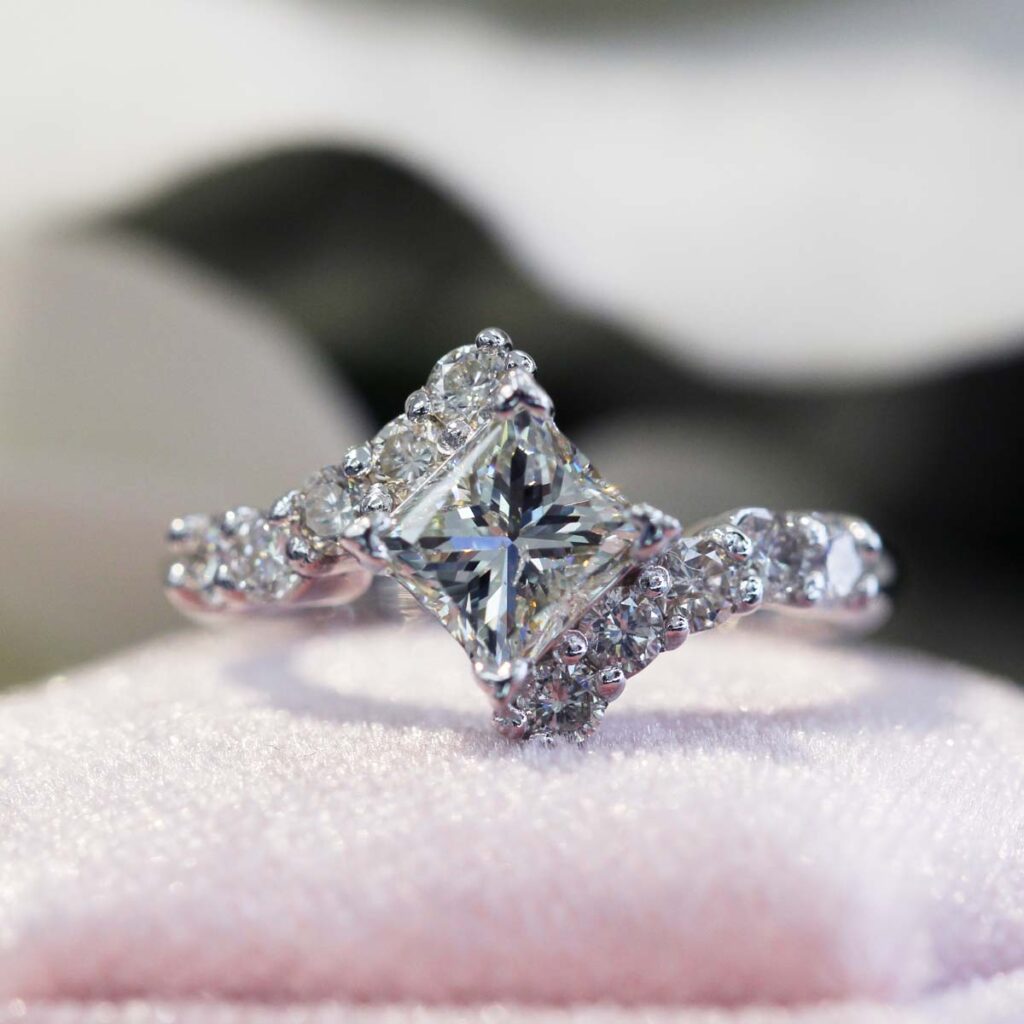
And we’re not the only ones seeing this trend. The demand for lab diamond engagement rings is increasing day-by-day. Given the option, millennial and Gen Z couples prefer to buy lab diamonds. They are sustainable, environment-friendly, ethical, and cheaper than mined diamonds.
Recent reports now show that upwards of 70% of young consumers actively look for engagement rings made with lab diamonds. And over 20% of jewelry shoppers say they’d definitely buy lab grown diamond jewelry over mined jewelry now.
So, when it comes to sustainability, beauty ,and price, the facts all point to lab grown diamonds. Get in touch with us today and let’s make something beautiful, together!